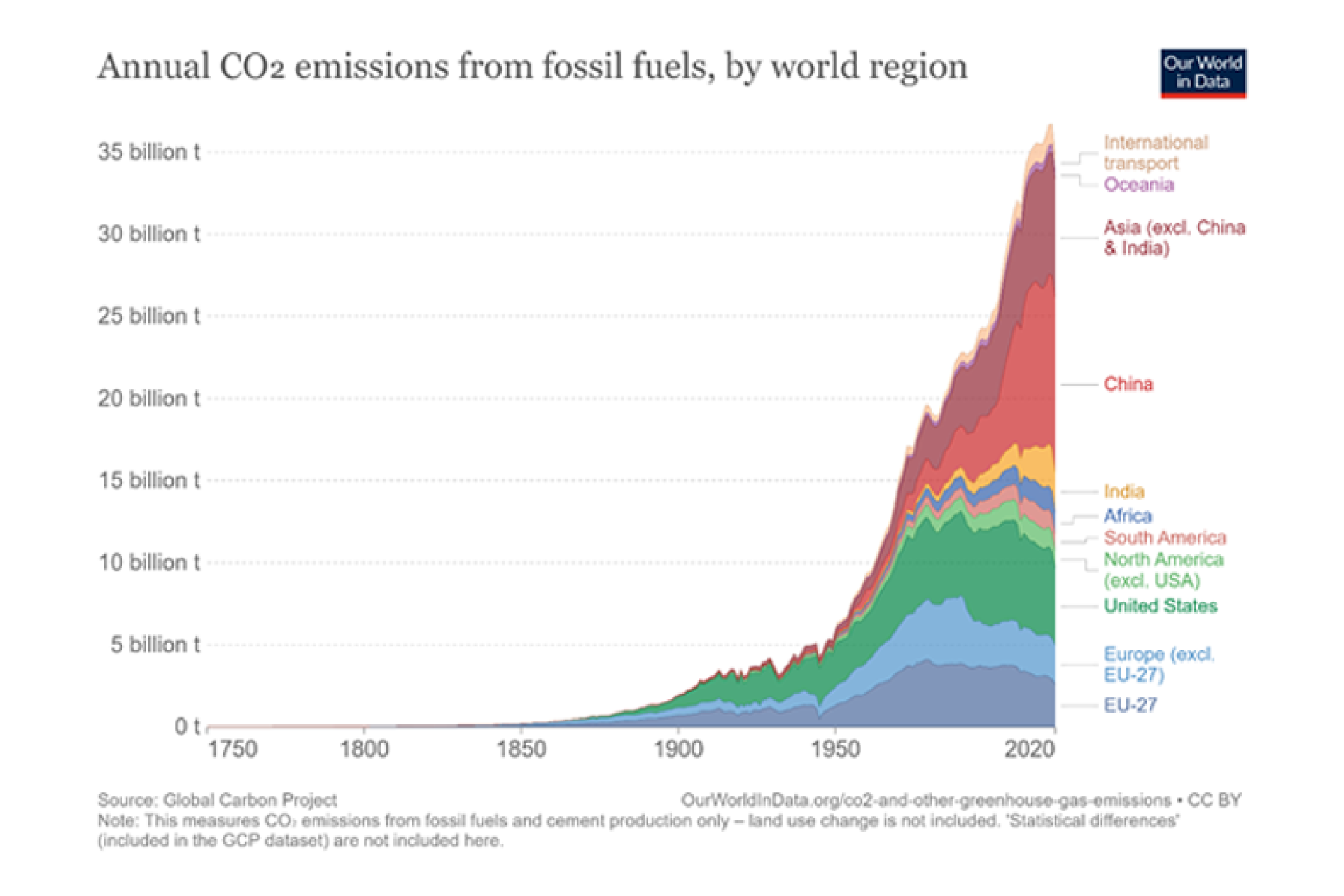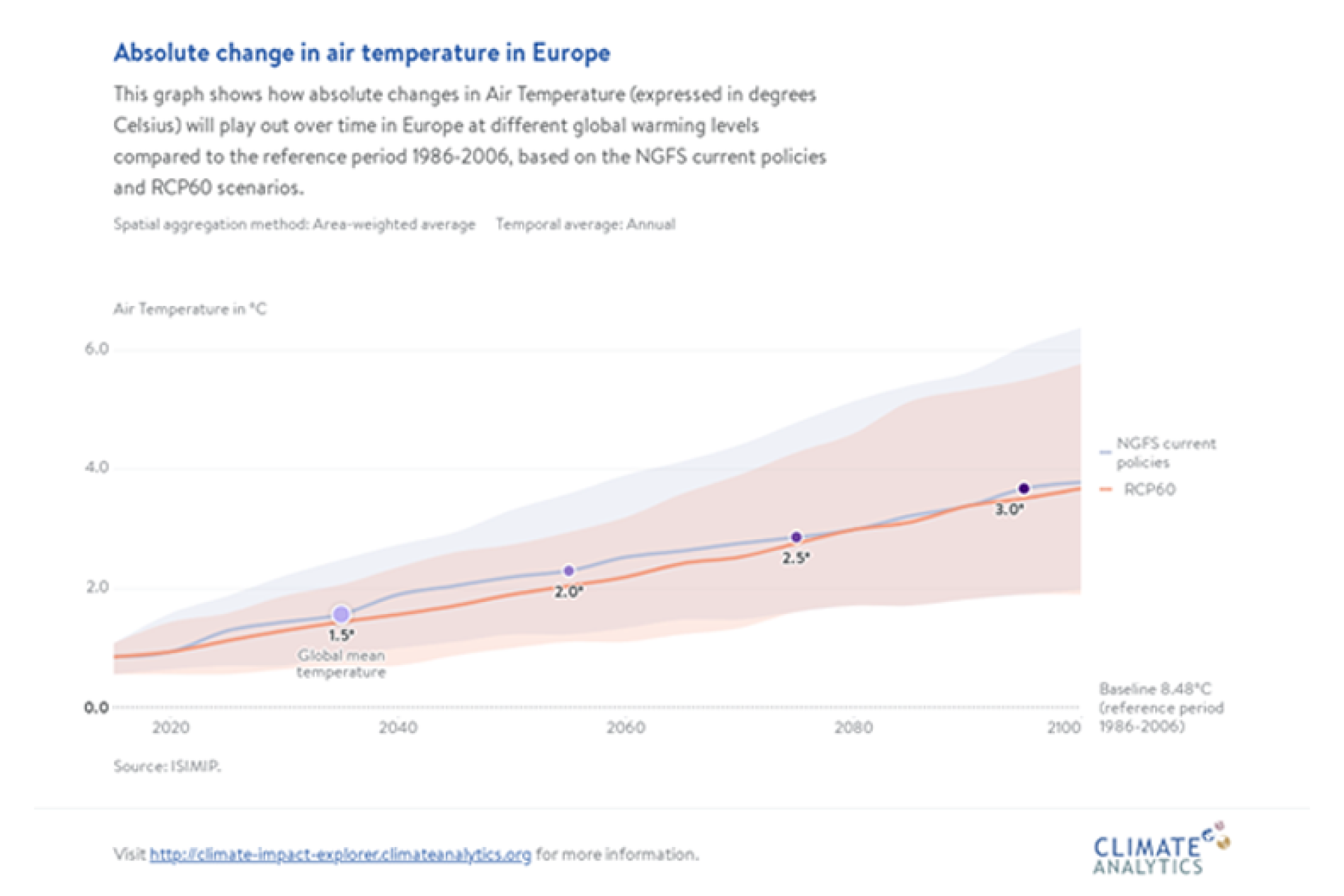Thank you for visiting the Finch & Beak website. Finch & Beak is now part of SLR Consulting, a global organization that supports its clients on setting sustainability strategies and seeing them through to implementation.
This is an exciting time for us, as our team now includes an array of new colleagues who offer advisory and technical skills that are complementary to our own including Climate Resilience & Net Zero, Natural Capital & Biodiversity, Social & Community Impact, and Responsible Sourcing.
We would like to take this opportunity to invite you to check out the SLR website, so you can see the full potential of what we are now able to offer.
The good news (finally!), is that the report sets out a series of measures that companies, investors, governments and individuals should take to bring temperatures down to a safe level. This echoes the 2021 Net Zero by 2050 roadmap published by the International Energy Agency (IEA).
The headline statement from the report is that global greenhouse gas emissions must peak by 2025 to give the world a chance of limiting future heating to 1.5°C above pre-industrial levels. Global emissions have yet to peak, as shown by the data from 2020 in the chart below.

Annual CO2 emissions from fossil fuels, by world region
In simple terms, it is still technically feasible to bring temperatures down to 1.5°C-2°C. However, monumental action will be required, which is currently not happening. For example, the IEA report states that for this scenario to be viable, “beyond projects already committed as of 2021, there are no new oil and gas fields approved for development in our pathway, and no new coal mines or mine extensions are required.” Whereas, in reality, there are many new fossil fuel projects being built around the world.
The Network for Greening the Financial System (NGFS) “Current Policies” scenario, which falls under the “Hot House World” category, closely tracks RCP6.0, and is representative of the current policy trajectory. The chart below shows a comparison.

Absolute change in air temperature in Europe
However, the latest IPCC report confirms that the use of RCP8.5 for adaptation planning as a high-end warming scenario is logical, particularly because of the potential for climatic feedback loops to increase global temperatures.

Year in which CO2 emissions reach net-zero
At Finch & Beak, our purpose is to accelerate sustainability within the business of our clients. Together with our fellow companies from SLR Consulting, we offer a wide range of TCFD support services:
If your organization requires support on its TCFD journey, reach out to Johana Schlotter, at johana@finchandbeak.com or call +31 6 28 02 18 80 to discuss how Finch & Beak can help you.
This blog post was written by Sam Gill, Technical Director - Carbon Management & Energy Efficiency at SLR.
Finch & Beak
hello@finchandbeak.com
+34 627 788 170